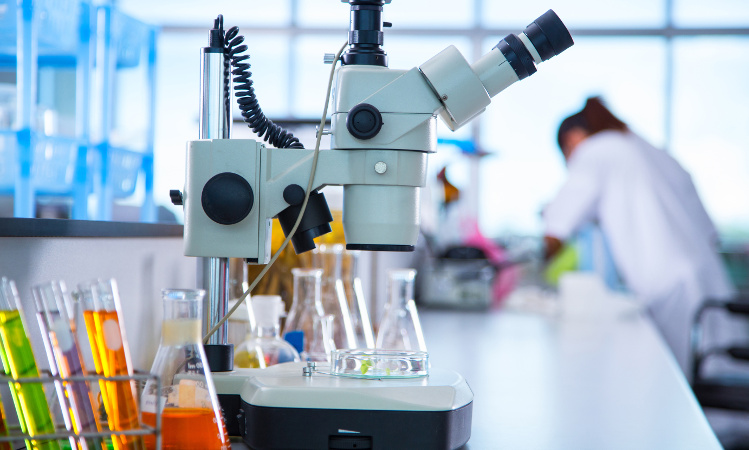How Lab Courses Can Teach More Than Science

(Inside Science) -- A research team that includes a Nobel Prize-winning physicist has developed a way to teach critical thinking that they found can lead to dramatic, long-term improvements. It encourages students to compare their own research with data that already exists to determine a best course of action.
The scientists say the skills they teach could be adapted to a range of settings both inside and outside of science -- for instance, a family at the dinner table trying to make sense of scientific results or political polls reported in the media.
Critical thinking, which involves asking questions about data and making informed decisions on this evidence, can be crucial to everyday life. These skills are important not only for scientists performing experiments, but also for average people "when they read about climate change, for example," said physics education researcher Natasha Holmes at Stanford University in California, one of a team of scientists who published a study online August 17 in the journal Proceedings of the National Academy of Sciences.
However, teaching critical thinking can be a challenge. Holmes said she perceived a general feeling among her colleagues that physics lab courses were not giving students much practice on how to think critically.
"Labs were originally designed to help students learn about the nature of science and what it meant to do experiments, but more and more the labs gave students laundry lists of instructions and tasks to carry out, and they just did not require them to use their brains," Holmes said.
One of the other authors of this new study, physicist and Nobel laureate Carl Wieman at Stanford University, had previously analyzed every decision made and question asked by students doing a physics experiment. The team used this research to develop the new teaching strategy for critical thinking.
"At the core of our teaching strategy is the idea of making comparisons, making sense of the comparisons, and then making decisions about how to act on them," Holmes said.
The researchers tested their strategy with about 130 students in a calculus-based introductory college lab course in physics. As the students conducted simple physics experiments, they were given explicit instructions to repeatedly compare their data with other data they or others previously gathered, discuss their results and ideas with other groups, and act on these comparisons by modifying their experiments or models to improve the quality of their data or models -- for instance, to gather data less filled with uncertainty, or develop models that fit their data better.
The investigators found the students in this experimental group were 12 times more likely to propose or make changes to improve their data or methods than about 130 other students who had taken the course without this strategy in place the previous year. The students in the experimental group were also four times more likely to identify and explain a limitation of a model using their data.
"The sheer size of the effect was way bigger than we were expecting," Holmes said.
Intriguingly, these improvements persisted in a subsequent physics course taken the following year that the researchers were not involved in -- for instance, students in the experimental group were significantly more likely to analyze and defend any new ideas they proposed than their peers. "That was a huge surprise, but a very welcome one," Holmes said. This improvement made the researchers realize that the students were not just following this strategy because the researchers told them it was important -- "they thought it was important too," Holmes said. "That's a big deal."
The researchers suggested this approach could be applied to other domains such as teaching journalism. Instructors can have students write articles, compare their results with professional or peer versions of those reports, and then come up with ways to improve their own stories.
"One of the neat things about this work is that it teaches students to think about experiments in an iterative way — building models, testing models, getting measurements, comparing measurements, all so that students can do experiments better the next time," said physics education researcher Ben Zwickl at Rochester Institute of Technology in New York, who did not take part in this research.
The Stanford experiment showed students how to employ the strategies that scientists use to explore the world and explain things, said Zwickl. "Not everyone in their job needs to know Newton's second law, but knowing how to think about data and understand the limitations of an experiment and make decisions based on their models of data is very important."
In the future, the Stanford researchers would like to try this strategy with other courses, other fields, and other levels of education. "We're working hard on putting together materials to help make this happen," Holmes said. They also want to see what continuing effects such teaching might have. "Can these skills better prepare students for their future learning and research experiences?" Holmes said.
Another key part of critical thinking is collaboration, which future research can also focus on teaching. "Science isn't done in isolation," Holmes said.

